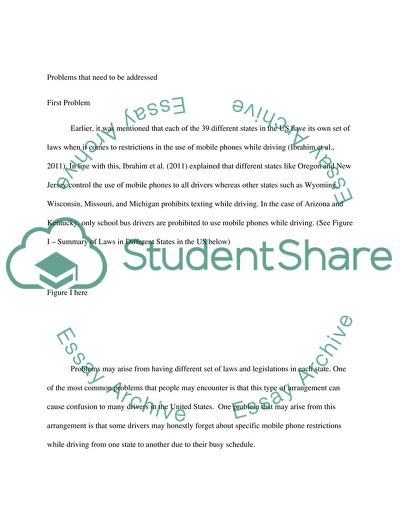Cite this document
(The Regulation of Cell Phone Use While Driving Term Paper, n.d.)
The Regulation of Cell Phone Use While Driving Term Paper. https://studentshare.org/law/1830069-persuasive-paper-part-2-solution-and-advantages
The Regulation of Cell Phone Use While Driving Term Paper. https://studentshare.org/law/1830069-persuasive-paper-part-2-solution-and-advantages
(The Regulation of Cell Phone Use While Driving Term Paper)
The Regulation of Cell Phone Use While Driving Term Paper. https://studentshare.org/law/1830069-persuasive-paper-part-2-solution-and-advantages.
The Regulation of Cell Phone Use While Driving Term Paper. https://studentshare.org/law/1830069-persuasive-paper-part-2-solution-and-advantages.
“The Regulation of Cell Phone Use While Driving Term Paper”. https://studentshare.org/law/1830069-persuasive-paper-part-2-solution-and-advantages.


